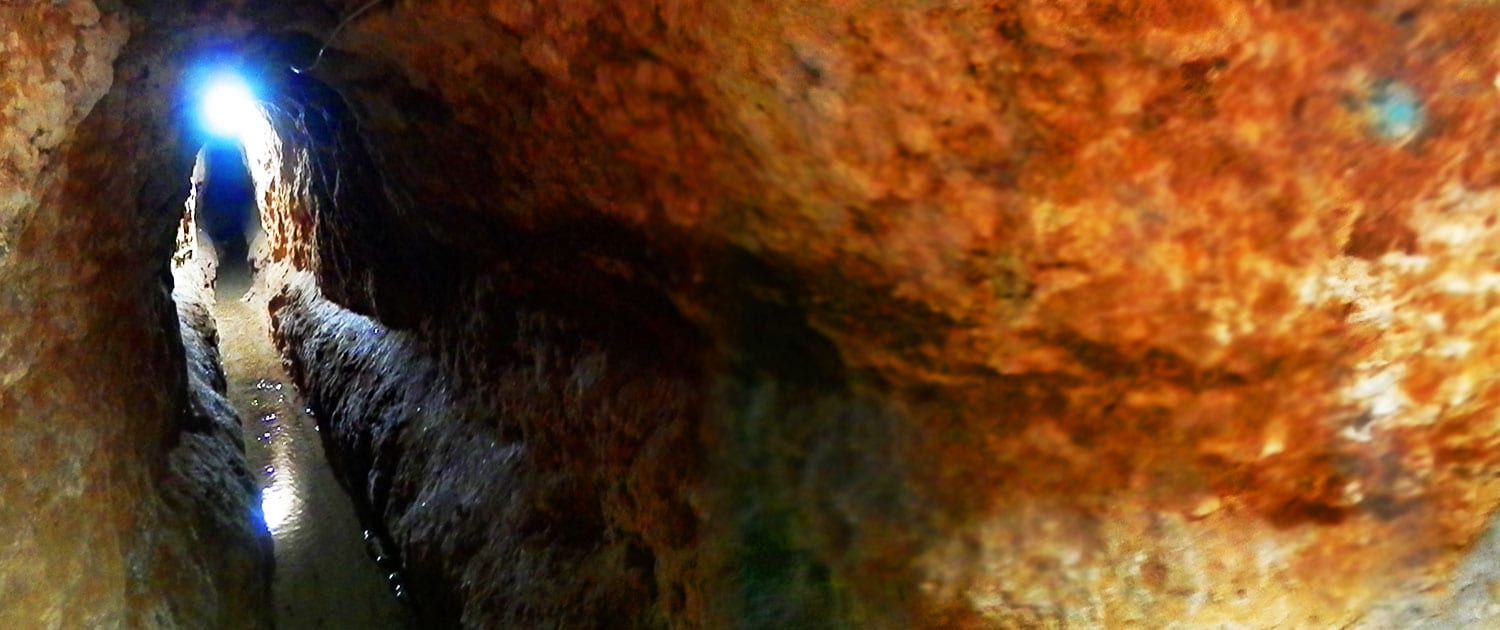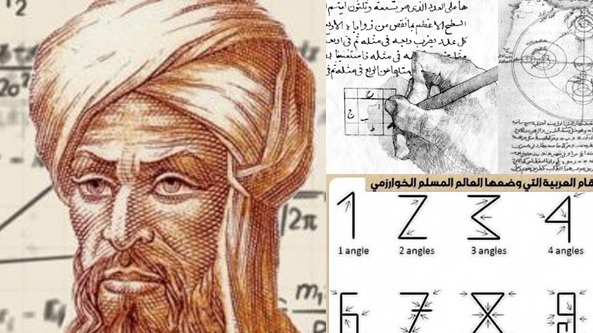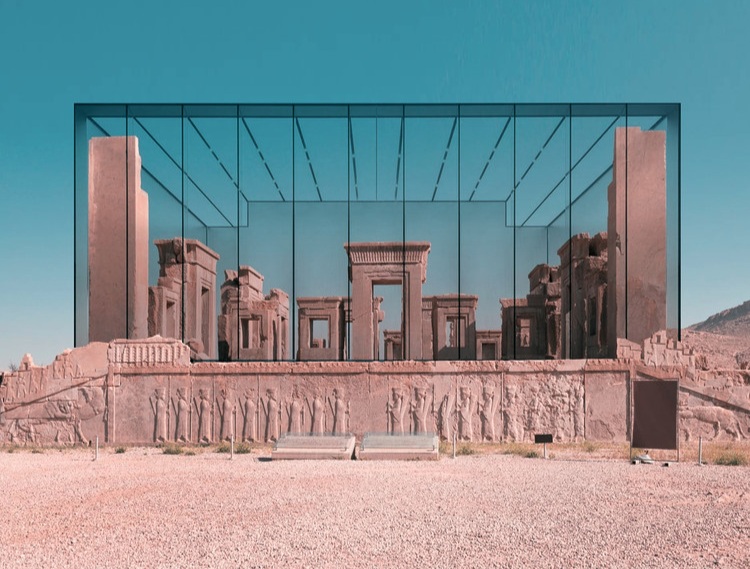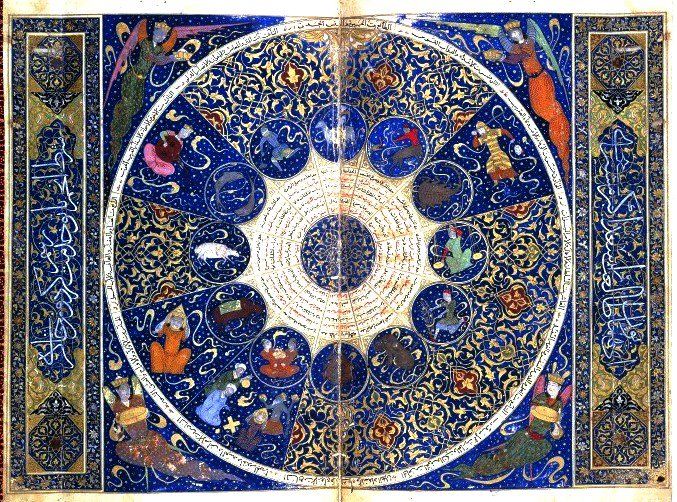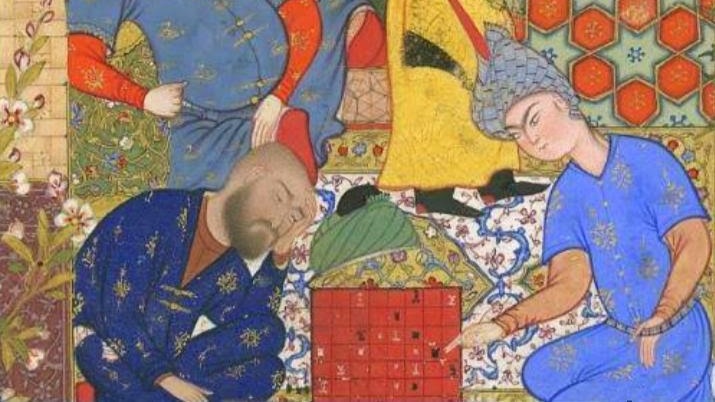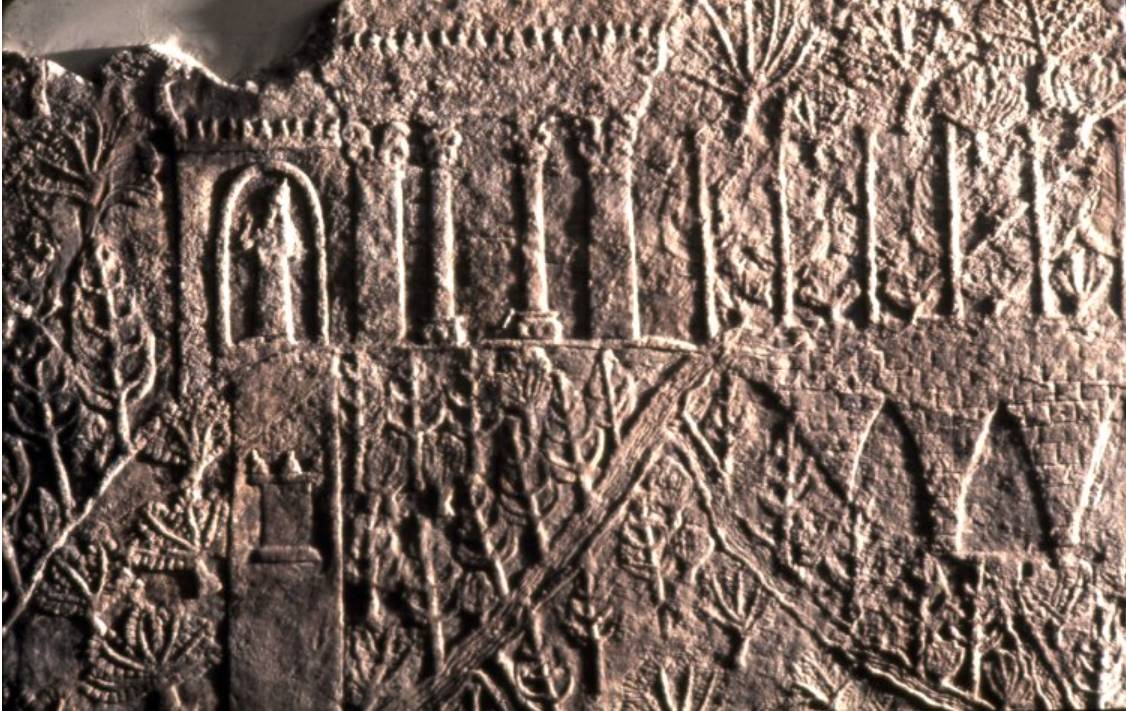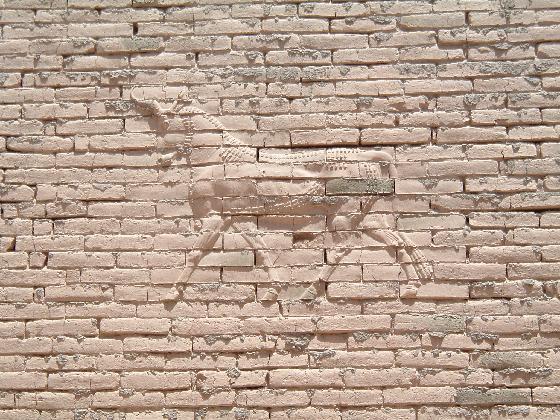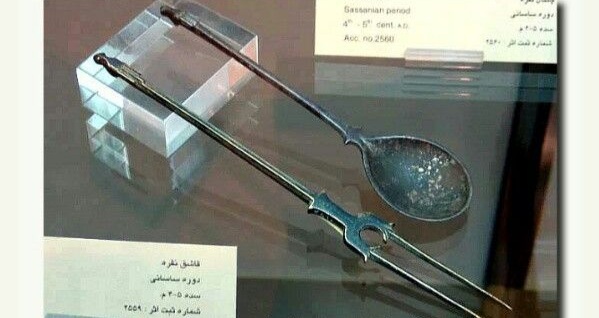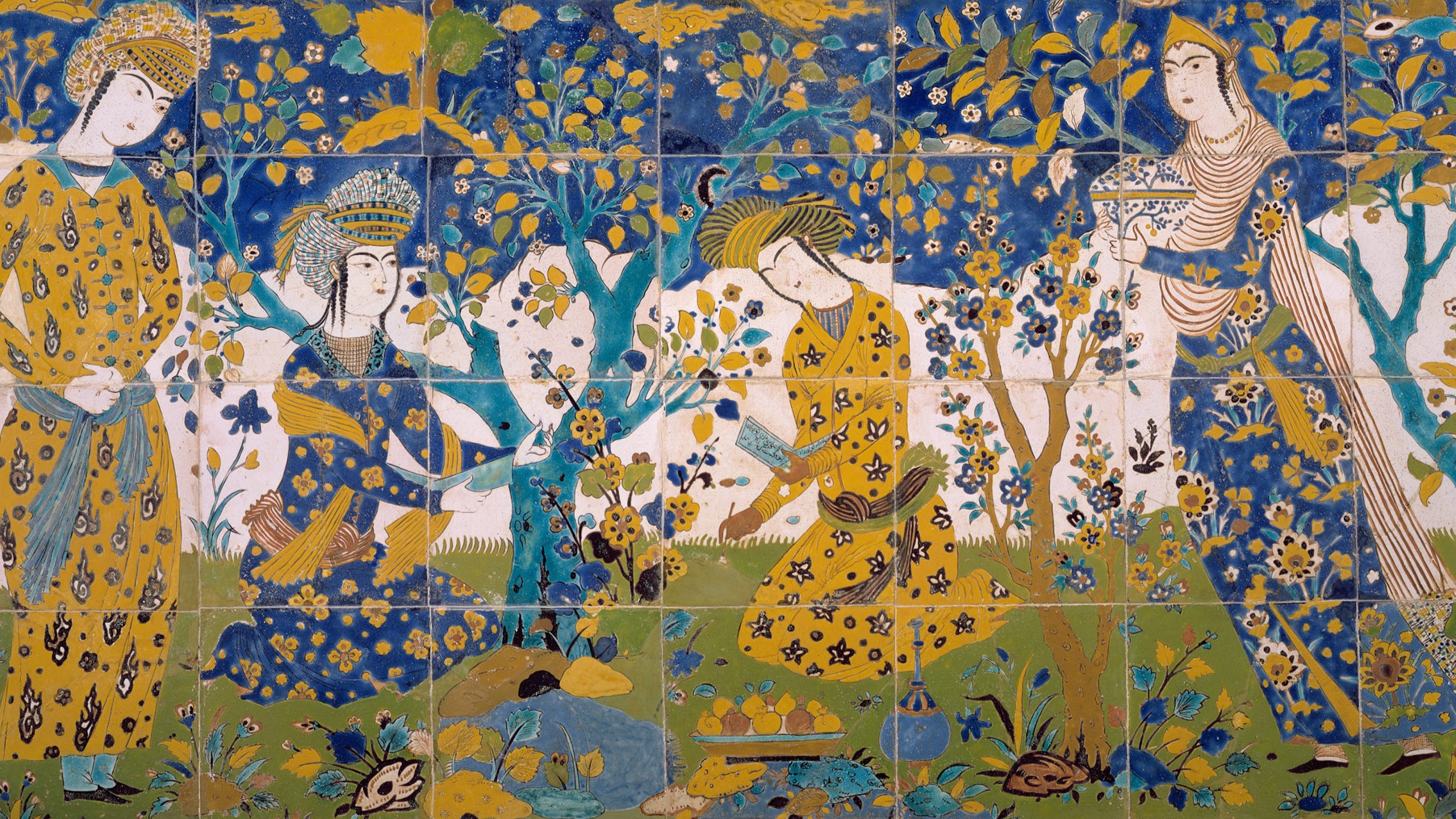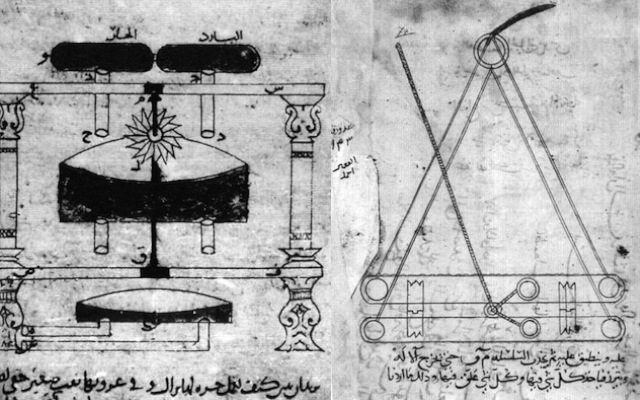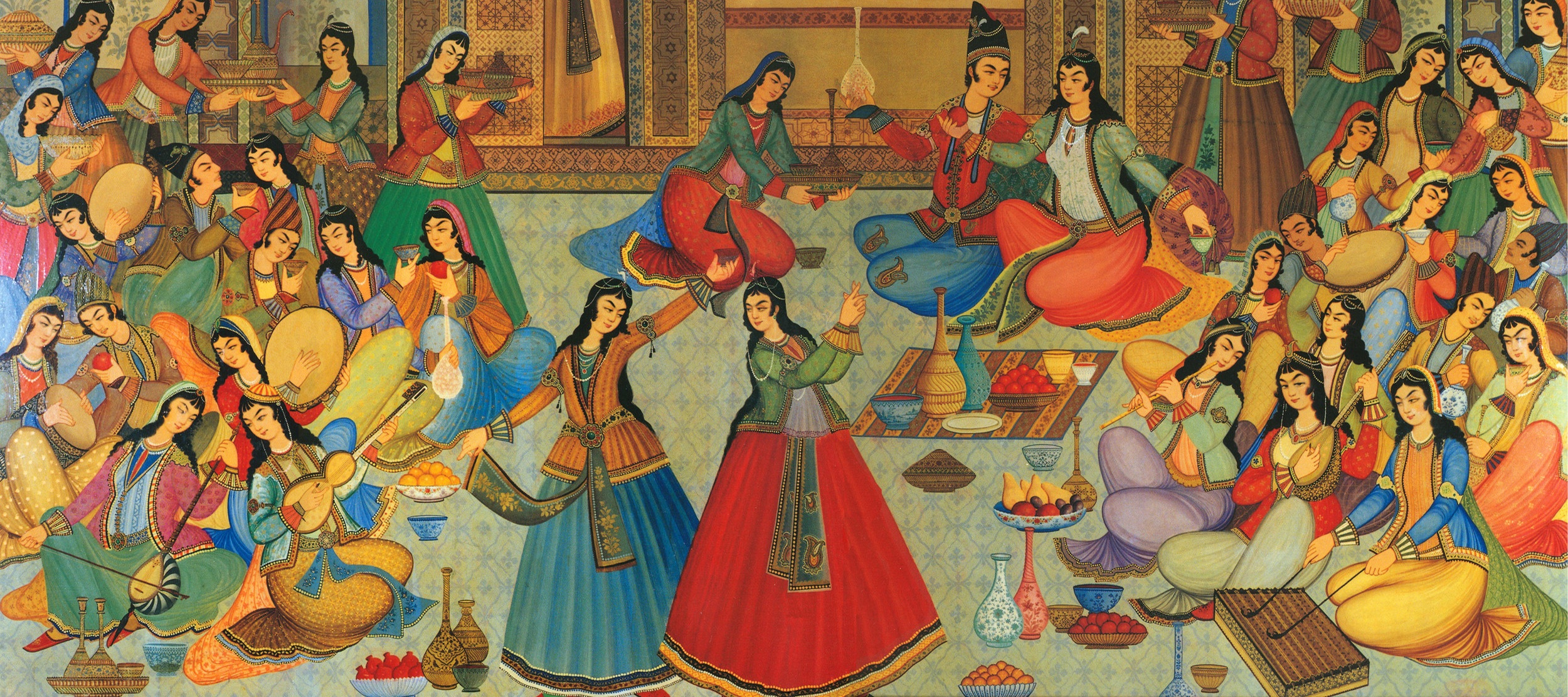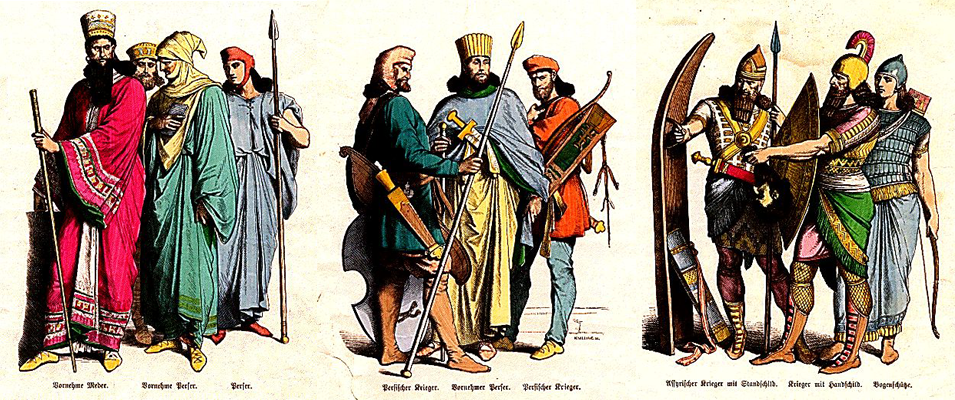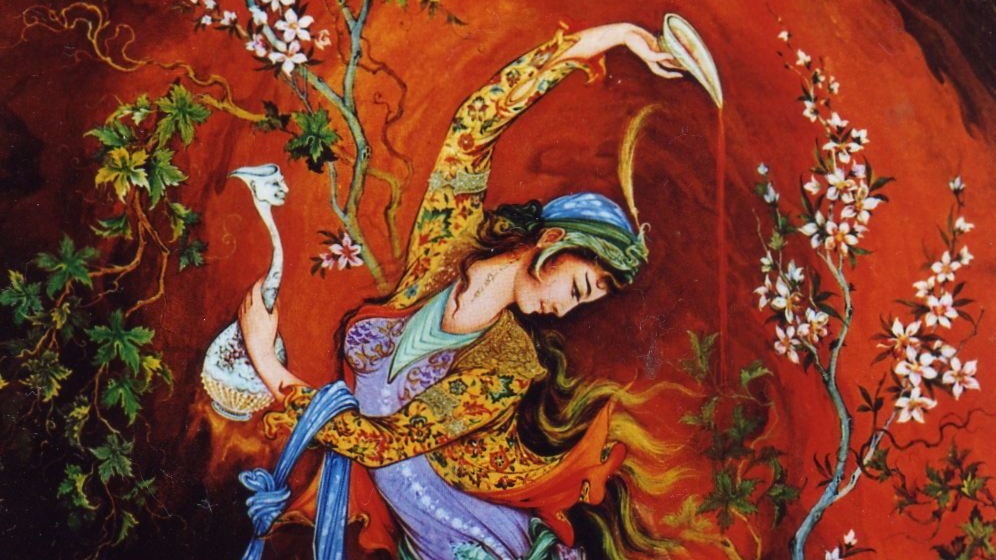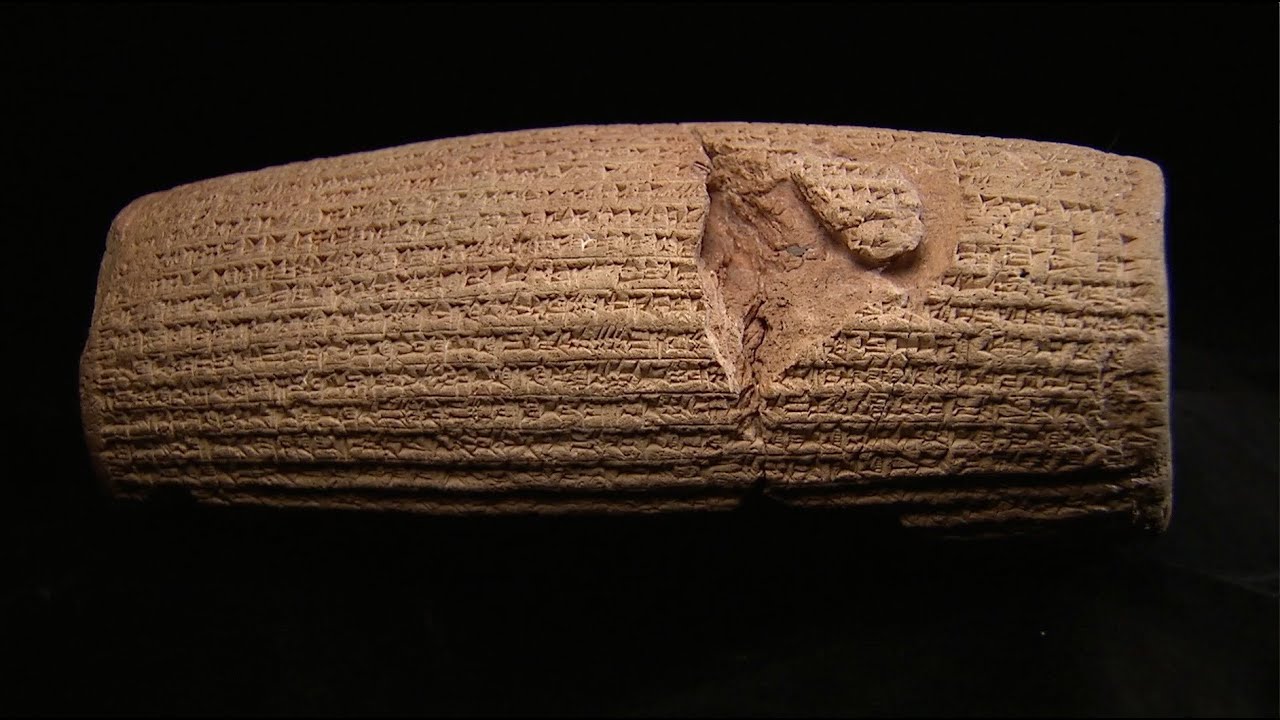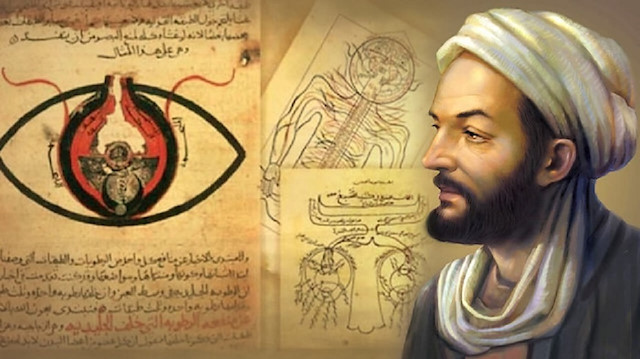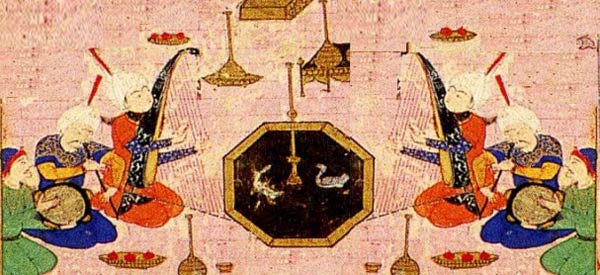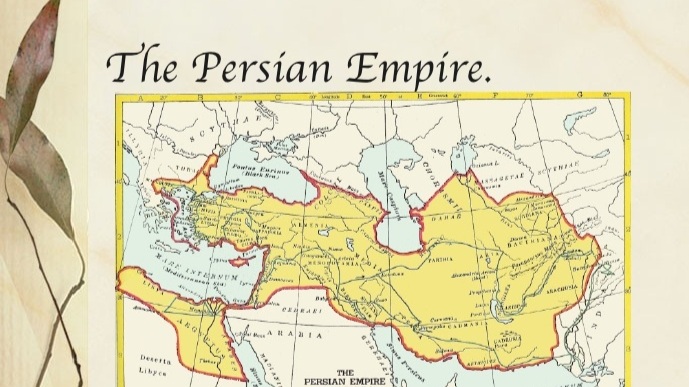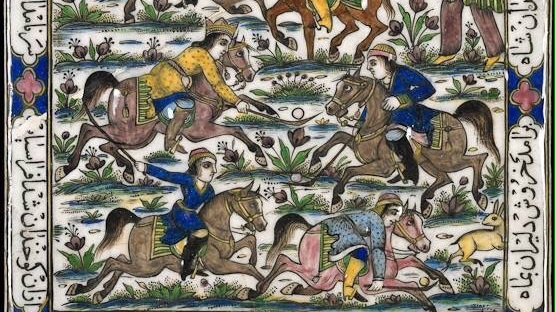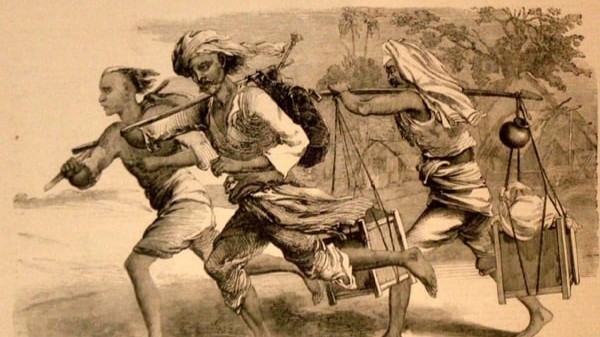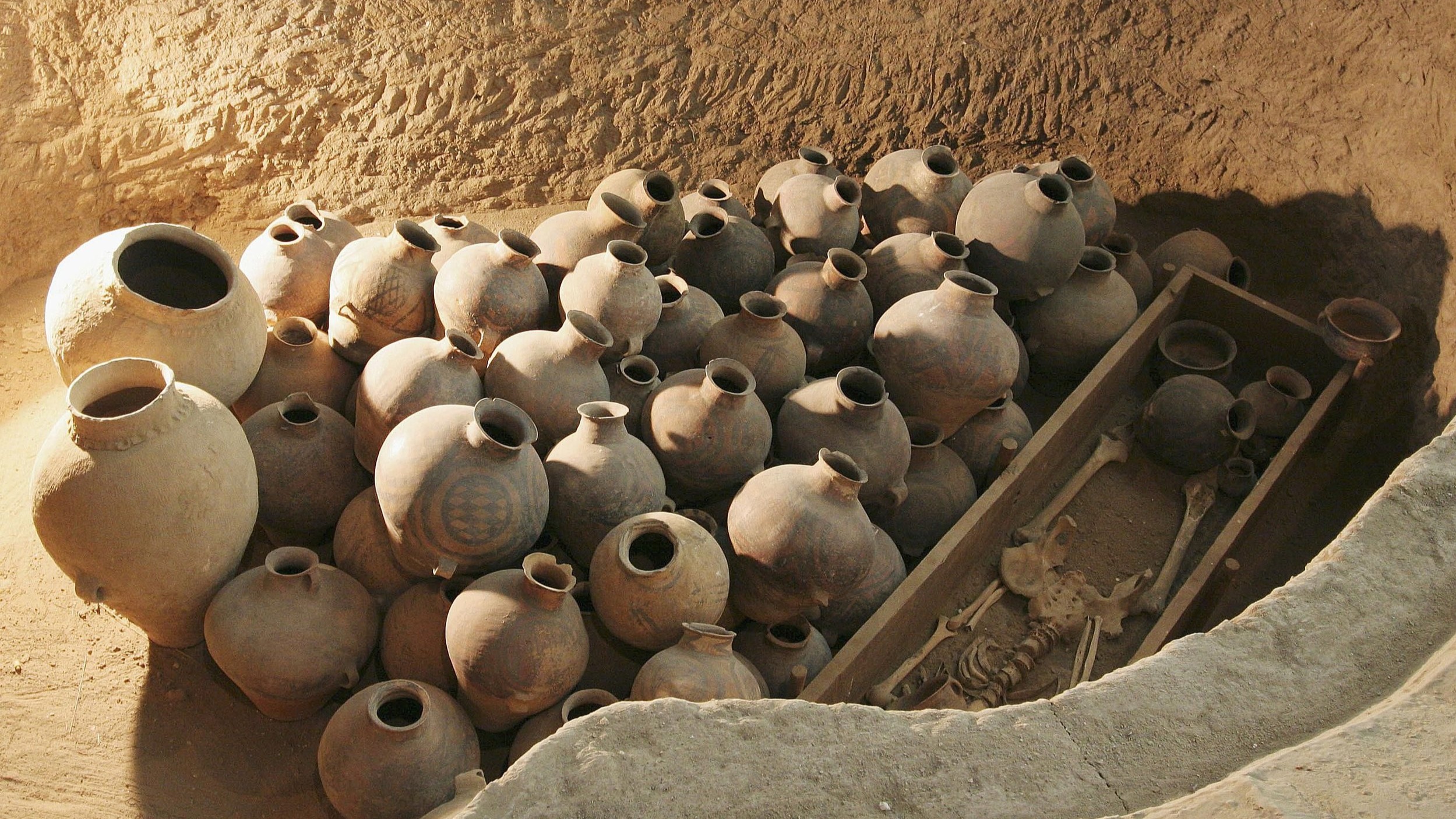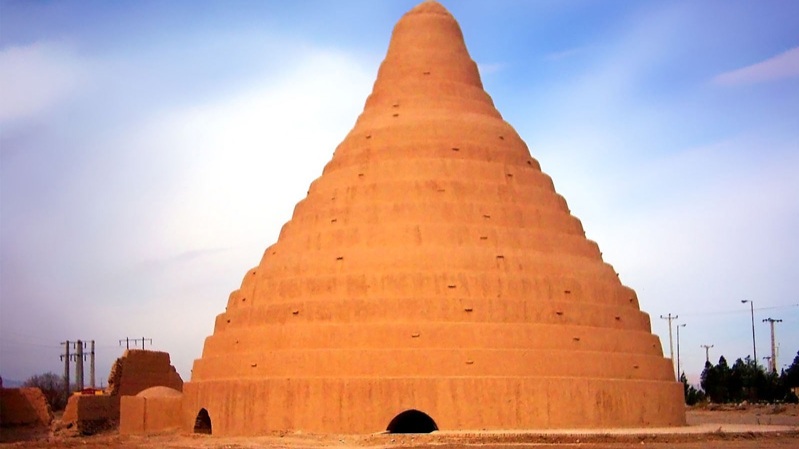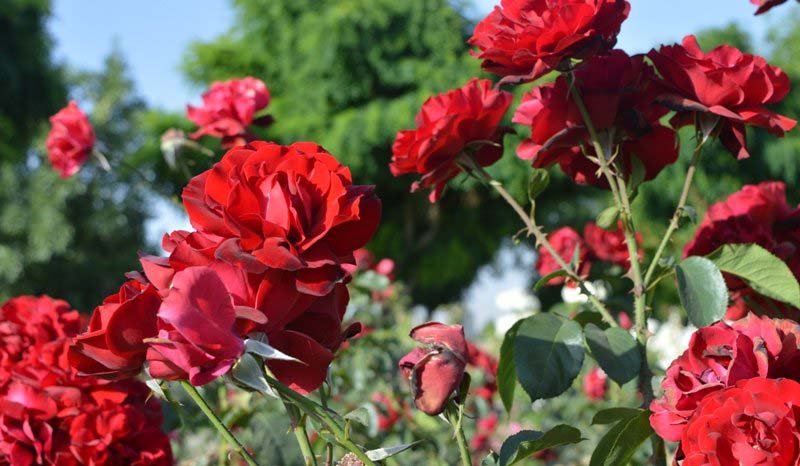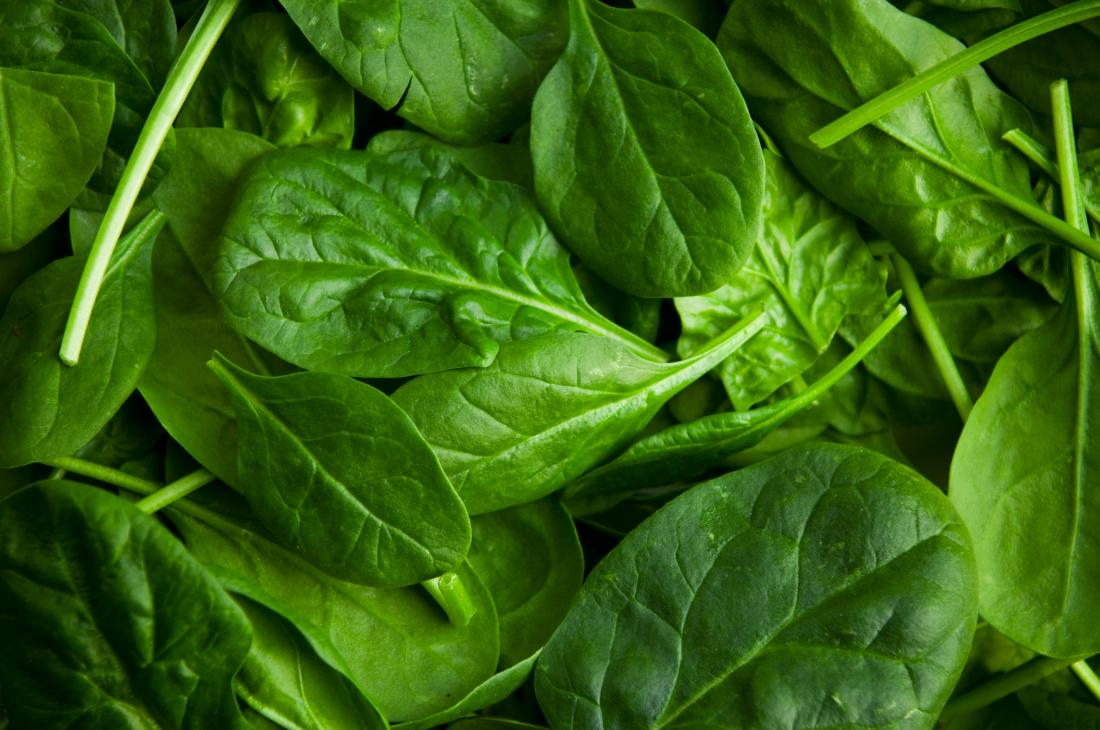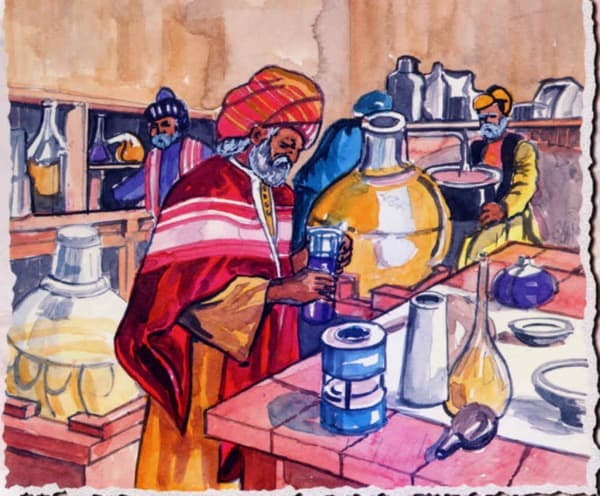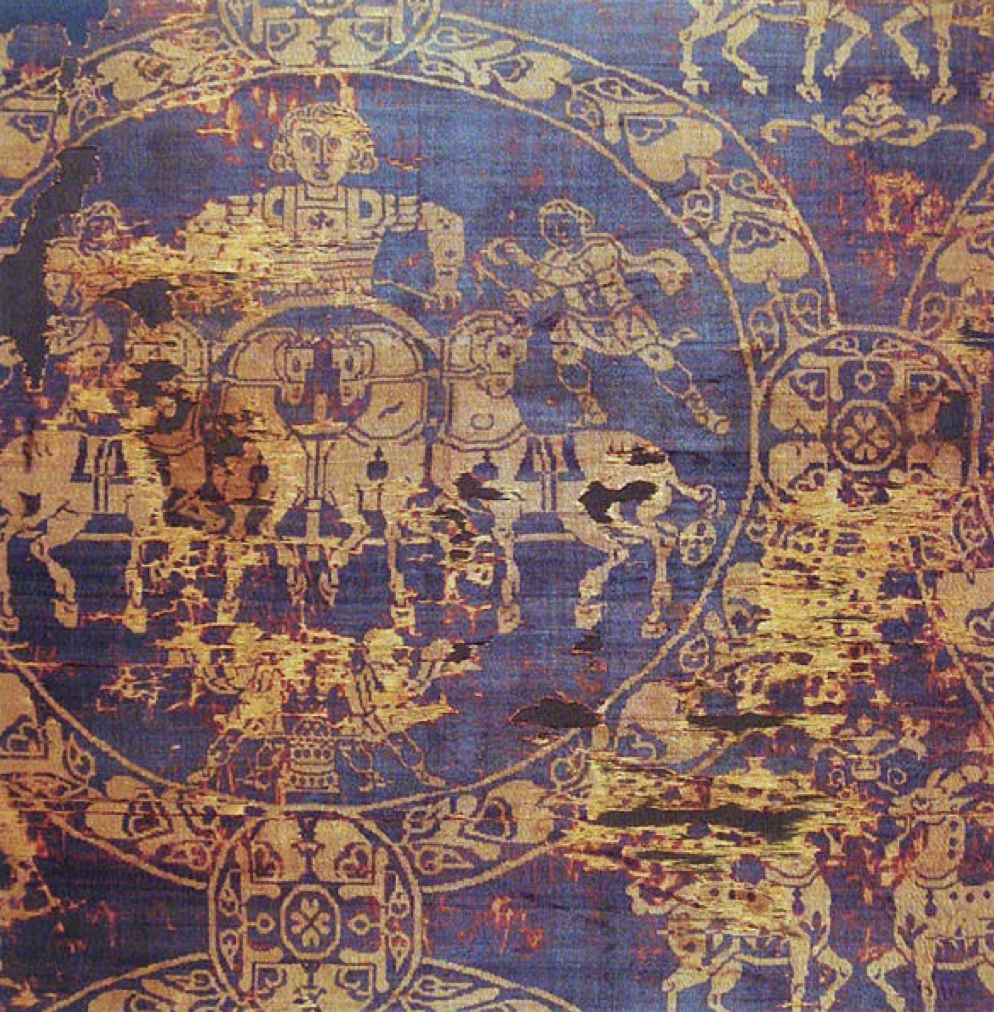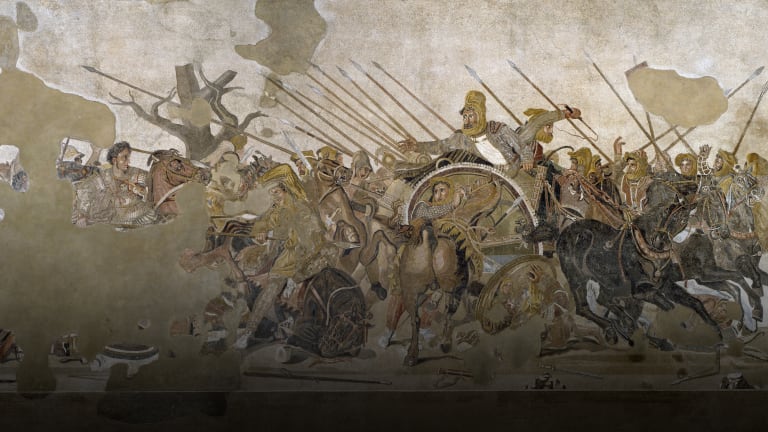The Most Comprehensive List of Persian Contributions to the World
We hear very often of the “Islamic Golden Age,” which lasted from the 8th to the 13th century BCE, but when we look further into history, it was in fact much more of a Persian Golden Age.
When looking at Persian history and heritage heritage, there is so much to be proud of — and endlessly fascinated by. The flourishing of Persian people and civilization has led to an expansive contributions of science, literature, art, and math to the modern world. While we may know a few that come to mind, below is a much more comprehensive (and maybe surprising!) list of some of the many incredible contributions to the world.
Agriculture & Water Irrigation
Iran has been at the helm of agriculture in several ways. To start, Persians were the first to manage to control the forces of nature and domesticating animals and plants existing in the wild state in the plateau. They also invented water irrigation methods caled qanat to procure water to divert the flow to where it’s needed.
According to Professor Ernest Hertzfeld and Sir Arthur Keith, the Caspians i.e. the original inhabitants of the plateau of Iran, were the original agriculturists and that their knowledge of agriculture spread from the Caspian plateau to the three adjoining alluvial plains which later became the site of early urban civilizations. This theory was later corroborated by later excavations in Iran. The oldest known qanat is in the city of Gonabad in Iran, which after 2,700 years still succeeds in providing drinking and agricultural water to people today.
Alcohol
Today, Alcohol is one of the mostly used products in the world. It is used in drinks, foods, and preservatives in its different states and different compositions. It was first invented by a Persian physician named Muhammad ibn Zakariya al-Razi. He worked on different gases and chemicals and invented Alcohol.
Algebra
Khwārizmī, a Persian mathematician, invented modern day Algebra, and the word Algorithm, is even an latinised form of his name. Al-Khwarizmi's Kitab al-mukhtasar fi hisab al-jabr wal-muqabala (The Compendious Book on Calculation by Completion and Balancing) was a pioneering piece of work - offering practical answers for land distribution, rules on inheritance and distributing salaries.
Architecture
According to Professor Arthur Pope (Persian Architecture), Iran has a continuous history of architecture from at least 5,000 B.C. to the present, and characteristic examples of this architecture are distributed over a vast area from Syria to North India and the borders of China, from the Caucasus to Zanzibar.
Astronomy
Historically astronomy has occupied an important position in Persian culture. Many prominent astronomers such as Biruni and Khayyam in the first half of the 11th century and Tusi in the 13th century have played major roles in the advancement of astronomy in Iran during their times. Likewise, astronomy schools such as Maragheh Observatory (13th century) were once among the most prestigious astronomy research institutes in the world.
Backgammon
The popular game of backgammon was first invented in Iran around 3000 BC, making it one of the oldest board games known in our history. In the modern world, it is played with two players and the playing pieces are moved according to the roll of the dice. A player wins if he/she is able to remove all of their pieces from the board before their opponent. Excavations at Shahr-e Sukhteh in Iran found a board game with two dice and 60 checkers. The popularity of backgammon has survived thousands of years in the region as Iranians can still be found playing the game in public parks and cafes all over the country. The game is today known as “nard” and has different initial positions and objectives to the ancient game.
Banks
During the Achaemenian period private banks were established. The most famous was Bank of Egibi which carried on the business of pawn-brokers floating loans and accepting deposits. Its capital was invested in house property, fields, cattle, and in the boats that carried the merchandise. Current accounts were operated and checks were in use. Bank of Murashshu and Sons was founded later in Nippur. It held leases, dug canals and sold water to the farmers, secured monopolies, such as brewing or fisheries which were farmed out at a profit.
Battery
The battery was first designed and made by Persian people. That battery was simple and could produce the current of 1.5 to 2.0 volts. Although this is a minimal amount of current, yet it was a great invention at that time. It consisted of three major components; a pot, a metallic rod and a rod used a cell.
The concept was very simple as they used a pot containing an electrolyte and a rod which was used as a cell. Persian people invented battery, and later on, each civilization worked on its concept to get better results. Today, we are using batteries in its advanced form in almost every field of our life. We can say that all of the credit of inventing battery goes to the Persian civilization.
Bricks
Professor Girshman very clearly shows the gradual evolution of molded and baked bricks in different layers of Siyalk- near Kashan- and by doing so proves beyond the shadow of a doubt that brick was first made in Iran.
Cutlery
According to the Journal of British Institute of Iranian Studies, Volume III published in 1965 in Iran, two very beautifully proportioned silver spoons were found in 1964 in Iran belonging to the second half of the 5th century B.C. One spoon has a duck or swan's head handle. The other, a zoomorphic handle ending in a cloven hoof. The same publication noted that among Achaemenian works of art, other spoons or ladles terminating in swan's handles had been recovered. Also according to Byzantine and Christian sources, the Iranian nobility in Sassanian times, had special knives to serve fruit with, and used gold forks and spoons and special gold cups at their dinner tables.
Early Environmentalists!
From ancient times, Persians have shown great respect for flowers, plants and trees. From times unknown to present day, Persians have advocated planting trees, and there is even a special Derakht Kari (tree planting) day when thousands of trees are plated throughout the country. Another sign of the significance of trees in Persian culture is evidenced in the ruins of Persepolis- the 2,500 year old Achaemenid palace- where numerous flowers and cypress trees are found in the bas-reliefs throughout the palace.
eBay
eBay is one of the most popular ways to buy and sell goods and services on the internet. eBay was founded by Iranian-American billionaire entrepreneur, computer scientist, and philanthropist, Pierre Omidyar. He served as chairman from 1998 to 2015. He became a billionaire at the age of 31 with eBay's 1998 initial public offering.
Gas Masks
An early type of rudimentary gas mask was invented in the 9th century by the Persian Banu Musa Brothers. This gas mask was designed by the brothers to protect workers working in polluted wells. The device was mentioned in the book "Book of Ingenious Devices" that describes 100 inventions.
Guitar
Music is heavenly and even in the ancient days various types of musical instruments were used. According to history, the Persians were very fond of music. One of the many Persian contributions to civilization includes the Guitar – one of the most popular and widely used musical instruments! The Persian type guitar was called Tar. It was made using wooden box and strings. It was invented at a time when musical instruments were quite rare. This is among the top Persian discoveries that was much loved by the monarchs of those days and has influenced Persian music greatly.
Gloves
Xenophon in his Cyropaedia speaks of Iranians covering their hands with thick leather and their fingers in frames thereby explaining how he came to know for the first time what Iranians used in order to protect their hands against cold and frosty winds. This shows that the Greeks did not know what gloves were. Excavations in Ziwieh in Iran have produced a kind of a glove used as adornment belonging to the 7th century B.C.
Grape Vine and Wine
The laboratory analysis of a 4,500 year old clay pot excavated in the northwestern part of Iran showed that it was used for storing wine. To date, this is the oldest wine container found. The grape-vine, which is indigenous to Iran, was introduced to China by Can K'ien in 128 B.C. at the time of the Chinese Emperor Wu (140-87 B.C.). The introduction of the vine from Iran to China is well attested. The word for wine the Chinese envoy carried with him to his country was budo, which apparently came from the Persian badeh.
Human Rights
The Cyrus Cylinder has been historically recognised as the the world’s first universal charter of human rights. Created in 534 BCE, the Cyrus Cylinder is constructed out of clay and inscribed in Akkadian cuneiform script, and predates the Magna Carta by one millennium. It was discovered in Babylon in 1879, and is now kept in the British Museum in London.
Modern Medicine
Ibn Sina, a Persian polymath, is often called the father of modern medicine. He wrote the book Canon medicinae, a medical encyclopedia, which became a standard medical text at many medieval universities and remained in use as late as 1650, more than 650 years after his death.
Orchestra
Excavations in Chogha Mish, about 15 miles south-east of Dezful in the province of Khoozestan have provided evidence that it was a city of considerable size in the Protoliterate period (about 5,500 years ago) when writing was probably first invented. Most significant of the items found are the cylinder seal impressions on clay. Per Sylvia Matheson in Persia: An Archeological Guide, "one of these gives the earliest known evidence of music as an organized art-form, showing an orchestra and a vocalist."
Pants and Long Coats
The trousers that we wear today along coats that was customary until very recently in Europe is a Persian heirloom. None of the nations of the old world except Iranians wore trousers and long tunics coming to the knee. The pants that were called in old Persian Sharval (modem Persian Shalvar) were accepted later by the Greeks with its name in the form of Saraballa, in Latin Sarabara. It was accepted by Arabs and was called Serbal and Serval, in Spanish it is called Ceroulas and in Hungary it is called Schalwary and in Turkish Sharval.
Perfumes
The art of obtaining the essence of various flowers and preserving them in small containers was for the first time invented by the Zoroastrians in Iran as perfume played a great role in Zoroastrian religious ceremonies. From the Old Testament we learn how the ancient Persians considered perfume of utmost importance. It is stated in Esther that the virgins who were being prepared to be presented to Ahasuerus, the King of Persia, were obliged to be purified with oil of myrrh and for the next six months with sweet scents and other things. Baths In excavations headed by Professor Girshman in Shoosh (Susa), in a layer attributed to 2,000 years B.C., bathrooms were found in the houses of the richer classes in the Susian community.
Persian Empire (and First and Most Powerful in History)
The Persian Empire is the name given to a series of dynasties centered in modern-day Iran that spanned several centuries—from the sixth century B.C. to the twentieth century A.D. The first Persian Empire, founded by Cyrus the Great around 550 B.C., became one of the largest empires in history, stretching from Europe’s Balkan Peninsula in the West to India’s Indus Valley in the East. This Iron Age dynasty, sometimes called the Achaemenid Empire, was a global hub of culture, religion, science, art and technology for more than 200 years before it fell to the invading armies of Alexander the Great.
Polo (Chovgan)
Chowgan (Polo) s an ancient Persian game. The oldest mention of this game is in Ferdosi's Shahnameh (composed nearly 2,000 years ago) where the game played between Siyavash and his Persian retinue in one side and Afrasiyab, the Tooranian King and his brother Garsivaz, on the other is described in the form of poetry. Many Europeans have written their accounts of Shah Abbas Safavi either playing polo or watching the game from the balcony of the Ali Ghapoo palace, in Esfahan, while drinking snow-chilled Shiraz wine with his courtiers.
Also in the book of Esther we have a description of the way the girls who were brought from the country being prepared to meet the King of Persia, had to be bathed in hot baths for the period of a year.
Postal System
Herodotus, the Greek historian, attributes the creation of post and couriers to the Achaemenid Persians. He states, "The entire plan is a Persian innovation." To help facilitate communications within the vast empire of Persia, post stations were built along all routes to provide rest stations for the caravans and fresh horses for couriers on government business. Stations were spaced at preceisely one day's ride along the route, connecting the royal road stretching 2000 miles. Strong, skilled men riding fast, muscular horses carried royal messages as far as 1600 miles in one week. Herodotus marveled, "Nothing mortal travels so fast as these messengers. They will not be hindered from accomplishing at their best speed the distance which they have to go, either by snow, or rain, or heat, or by the darkness of night." This system of communications was unmatched in speed until the telegraph doomed the horse to obsolescence.
Pottery and Ceramics
Professor Pope states in the Masterpieces of Iranian Art: "In light of the data recently discovered it has been proved that agriculture and perhaps the crafts attached to it i.e. pottery making and weaving originated in Iranian plateau. From several essential points, the civilization in this area began 500 years before Egypt, 1,000 years before India and 7,000 years before China." Professor Girshman corroborates this theory by stating that between 15,000 and 10,000 B.C. prehistoric men lived on the Iranian plateau. He mentions that in 1949 traces of human remains were found in the Bakhtiyari mountains. These men used a coarse, poorly baked pottery.
Refrigerator
The yakhchal is an ancient evaporation cooler which has a two-fold meaning: yakh means “ice” and chal means “pit.” These ancient refrigerators were mainly built and used in Persia. The Persians had mastered the technique of building and using the yakhchal by 400 BC. The structure above the ground was dome-shaped and had a subterranean storage space. Using thick, heat-resistant construction materials, the subterranean storage space was insulated year-round. The underground spaces were up to 5,000 cubic meters in volume. Many of these structures were built hundreds of years ago and are still standing.
Roads
According to Professor Girshman, Iranians in Achaemenid times had developed a method of road building that consisted of paving the softer parts of the road, and even of making artificial ruts for wheeled vehicles. The Greek historian, Herodotus, states that the Persian Royal Road anticipated the Roman road by several centuries.
Rose
Clement Hurat and Louis Delaporte in their book "L'Iran Antique" state that the name of rose in Indo-European and Aramean and Arab languages shows its origin to be Iran because in all these languages the word for it is derived from Zand "Varedha", the perfect plant. In Persian "Vard" means the rose. In Syria the rose is called Vard Juri. The whole district of Jur, or Firoozabad, in the province of Fars in Iran was noted for its air (scent) of red roses. Fars included in its Kharaj (to the Caliph of Baghdad) 30,000 bottles of the essence of rose. Rose was introduced to Spain in the 7th century A.D. hence it was propagated all over Europe.
Shahnameh
The Shahnameh, translated as Book of Kings, is an epic composed by the Iranian poet, Hakim Abul-Qasim Mansur, (later known as Ferdowsi Tusi), and completed around 1010 CE. The epic chronicles the legends and histories of Iranian (Aryan) kings from primordial times to the Arab conquest of Iran in the 7th century CE, in three successive stages: the mythical, the heroic or legendary, and the historic. After its first appearance in 1010, the Shahnameh directly affected the epic and poetic works of all Persian speakers and writers for centuries.
The Shahnameh was written in classical Persian (Parsi) when the language was emerging from its Middle Persian Pahlavi roots, and at a time when Arabic was the favoured language of literature. As such, Ferdowsi is seen as a national Iranian hero who re-ignited pride in Iranian culture and literature and stablished the Persian language as a language of beauty and sophistication.
Spinach
A. de Candolle believes that it was in Persia where the spinach was first raised as a vegetable. The Spaniards, who spread it throughout Europe, received it through Arabs from Iran. Additional evidence is afforded by the very name of the plant which is of Persian origin. Its name in Persian is aspanah, aspanag or asfinaj; Arabic isfenah or isbenah. Hence Medieval Latin Spinachium, Spanish espinoca, Italian spinaci… The Chinese name for it means "Persian vegetable."
Sulfuric Acid
When it comes to Persian inventions, sulfuric acid deserves a special mention. The discoverer of this acid was Abu Bakr Muhammad Ibn Jakatra al-Razi. The man was a mathematician, an astronomer and a geographer at the same time. The discovery of sulfuric acid changed many things back then and even today is an integral part of chemical engineering study. This acid is used extensively in various fields – from commercial, industrial to domestic usage. It can be impossible to build a lot of things without sulfuric acid, making it one of the most important Persian inventions gifted to mankind.
Textile Industry
Textile in Iran can be traced back to the beginning of the Neolithic times. Professor Pope believes that textile industry originated in Iranian plateau. Excavations in the early 1950's in a cave near the Caspian Sea produced evidence of woven sheep's wool and goat hair, dated by the carbon 14 method to about 6,500 B.C.
From 4th or possibly 5th millennium B.C. traces of skillful fine plain linen cloth and signs of tablet weaving at the end of the 4th or early in the 3d millennium B.C. were recovered by the French Mission at Susa (Shoosh). Pierre Amiet in his book Elam, states that tablet weaving in the Susian civilization is proved by the discovery of a miniature weaving tablet in the foundation deposits of one of the Susa temples. Also a seal tablet belonging to the second half of the 4th millennium B.C. shows a weaving loom.
Wheel
Will Durant, in his famous work, "The History of Civilization," states that the wheel was first used for transport in Elam, in Iran. By about 2,000 B.C. wheeled vehicles were in use from Indian valley to the Syrian coast. But Gordon Childe states that in Egypt no wheeled vehicles were in use before 1,600 B.C.
While this is quite a comprehensive list, there are still so many more that we can add. What are some inventions, ancient or modern, that you can think of? Let us know!


